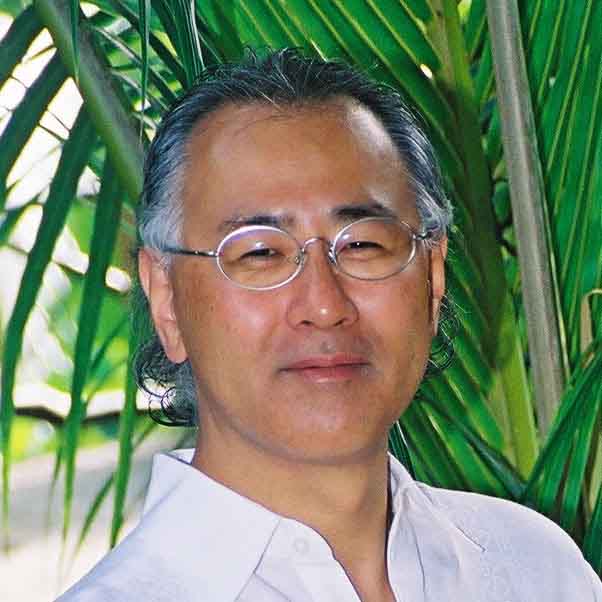Molecular Communication for Biological Nanomachines
Molecular communication is a new communication paradigm for communication between biological nanomachines [1]. Biological Nanomachines (referred to as “nanomachines” in the rest of this description) are artificial or biological nano-scale devices that perform simple computation, sensing, or actuation. Molecular communication is the process of communication between nanomachines that encode information onto molecules, rather than electrons or electromagnetic waves, and transmit the molecules to a receiver nanomachine (or nanomachines). It provides a mechanism for nanomachines to communicate over a short distance (adjacent nanomachines to tens of micrometers) using molecules as a communication carrier.
The class of molecular communication systems that we (and our collaborators) investigate consists of sender nanomachines, receiver nanomachines, information molecules, and the environment that these operate in. Senders and receivers include biological nanomachines (such as cells or bacteria) and biologically derived nanomachines (such as molecular motors or sensors taken from biological systems) that are capable of emitting and capturing molecules. Information molecules are biological molecules (such as proteins, ions, and DNA) that information is encoded onto. The environment is the aqueous solution that is typically found within and between cells.
As the first step, we (and our collaborators) have designed two types of molecular communication systems. In the first type of molecular communication systems, molecular motors mechanically transfer information molecules from sender nanomachines to receiver nanomachines over a network of protein rails [2, 3]. In the second type of molecular communication systems, sender nanomachines and receiver nanomachines are placed on a sheet of biological cells, and sender nanomachines activate cells to relay a communication through multiple cells using information molecules that pass through gap junctions [4].
For the first type of molecular communication systems, we (and our collaborators) are currently investigating the following research issues.
- Empirical experiments
- Self-organizing creation of a protein rail network on which molecular motors mechanically transfer information molecules from sender nanomachines to receiver nanomachines [2]
- Selective delivery of information molecules to a specific set of receiver nanomachines using DNA as an address tag [3]
For the second type of molecular communication systems, we (and our collaborators) are currently investigating the following research issues [4].
- Empirical experiments
- Creation of an amplifier cell that amplifies incoming information molecules and a switch cell that dynamically switches incoming information molecules to different output gap junctions of the cell
We (and our collaborators) are also developing simulation models to investigate various characteristics of both types of molecular communication systems [5].
We (and our collaborators) have also started addressing information theoretic aspects of molecular communication.
Molecular Communication is an entirely new research area, and it is promising and important.
-
Creation of new research area:
- Researchers have so far focused on understanding biological nanomachines and artificially creating counterparts of biological nanomachines. No existing research focuses on communication aspects of nanomachines. Molecular communication presents a solution for nano-scale communication between nanomachines.
-
Creation of new applications for bio and nano technologies:
- Communicating nanomachines enables a new set of applications. If multiple nanomachines communicate, they may cooperate and perform complex tasks such as nano-scale sensing, molecular computing, or nanomedicine. For example, in nano-scale sensing, communicating nanomachines (e.g., nano-scale sensors) may perform coordinated sensing of some target nano-scale phenomena. In molecular computing, nanomachines implementing logic gates and memory may communicate using signal molecules (e.g., ions, proteins, DNA) and perform more complex computing functionality (e.g., a full adder). In nano-medicine, molecular communication is highly compatible with the mechanisms used in biological systems and may represent a more direct mechanism for monitoring human health or directly interacting with biological cells (e.g. generating sensory or synaptic stimulus).
Selected Papers in Molecular Communication for Biological Nanomachines
[1] M. Moore, A. Enomoto, T. Suda, T. Nakano and Y. Okaie, “Molecular Communication: New Paradigm for Communication Among Nano-Scale Biological Machines,” the Handbook of Computer Networks, Wiley, John Wiley & Sons Inc., Nov. 2007.
[2] M. Moore, A. Enomoto, T. Nakano, R. Egashira, T. Suda, A. Kayasuga, H. Kojima, H. Sakakibara and K. Oiwa, “A Design of a Molecular Communication System for Nanomachines Using Molecular Motors,” Proc. of the IEEE Conference on Pervasive Computing and Communications and Workshops, March 2006. (Invited Submission)
[3] S. Hiyama, T. Inoue, T. Shima, Y. Moritani, T. Suda and K. Sutoh, “Autonomous Loading, Transport and Unloading of Specified Cargoes by Using DNA Hybridization and Biological Motor-Based Motility,” the Small, Vol.4, No.4, pp. 410 - 415, March 2008.
[4] T. Nakano, T. Suda, T. Koujin, T. Haraguchi and Y. Hiraoka, “Molecular Communication through Gap Junction Channels,” the Transactions on Computational Systems Biology Journal, Springer, Vol.10, LNBI 5410, pp. 81 - 99, Dec. 2008.
[5] M. Moore, T. Nakano, A. Enomoto and T. Suda, “Measuring Distance with Single-spike Molecular Communication Feedback Signals,” to appear in the IEEE Transactions on Signal Processing, 2012
